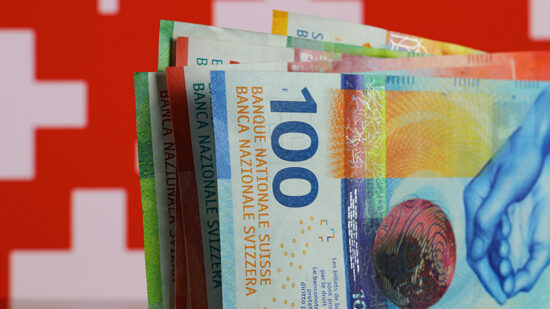Despite spreads on French and Italian government debt having risen in tandem over the past few months, risks are unlikely to have increased simultaneously in both countries. This therefore may have opened up opportunities in one or the other bond market.
Italy: underweight and overweight
Italian government debt is one of the few areas of the European bond market to offer a positive yield in the short-duration space. The Schroder ISF Euro Government Bond Fund is overweight Italy for precisely this reason, explains one of the fund’s managers, Thomas Sartain.
“There are not a lot of alternatives if you want a positive yield. We believe the front-end of the curve will remain pretty firm as there is so much money chasing yield,” he told Expert Investor.

From a relative duration perspective, however, Sartain is underweight Italy because of longer-term uncertainty on the political front, even though he notes that the presence of a large buyer like the ECB in the market will keep a check on yields over the rest of this year. “Our average duration in Italy is 4.8 years, compared to 6.1 on average in our portfolio.”
“In the near term, Italian fundamentals appear to be deteriorating. The recent referendum was rejected, making it harder to carry out the economic reforms the country needs, in turn meaning investors who are going to lend to the Italian government will need a higher rate of return, hurting Italian debt,” argues James Lynch, co-manager of the Kames Absolute Return Bond Constrained Fund.
This doesn’t stop David Zahn, head of European fixed income at Franklin Templeton, to overweight Italian government debt. He believes Italy’s poor outlook is already priced in, as he told a media briefing las month. Italian 10-year debt is currently yielding 2.20%, the third-highest yield in the Eurozone.

French 10-year yields are less than half of Italy’s. Yet, France has the eurozone’s second-highest budget deficit and GDP growth is only marginally higher than in Italy. And, of course, Marine Le Pen’s presidential candidacy looms large over French government debt. But this means upside risks are often overlooked.







